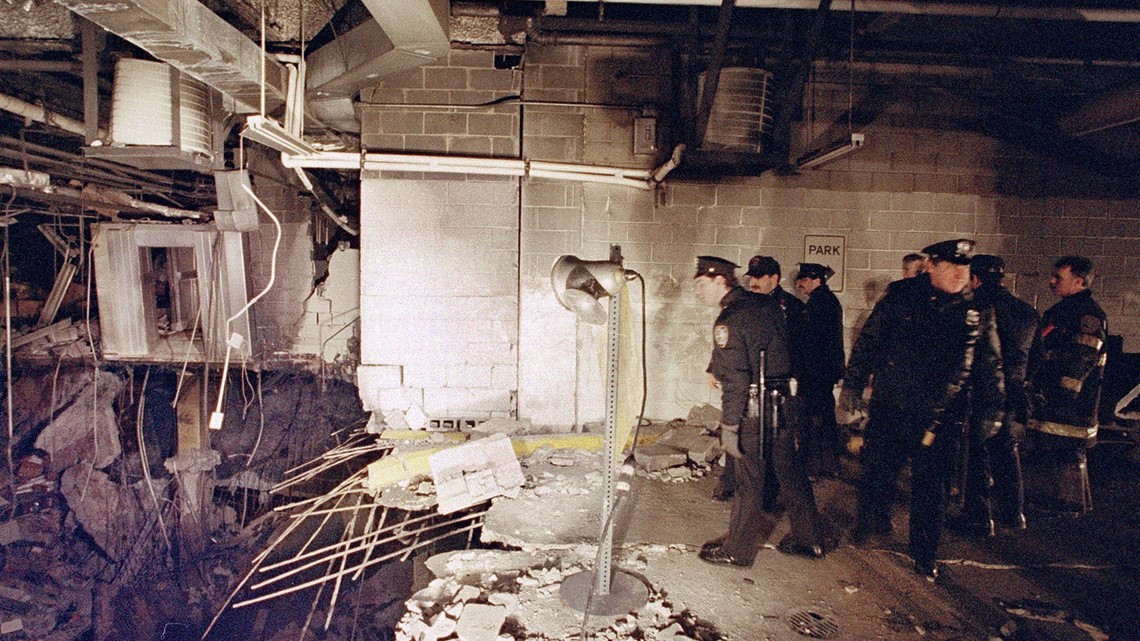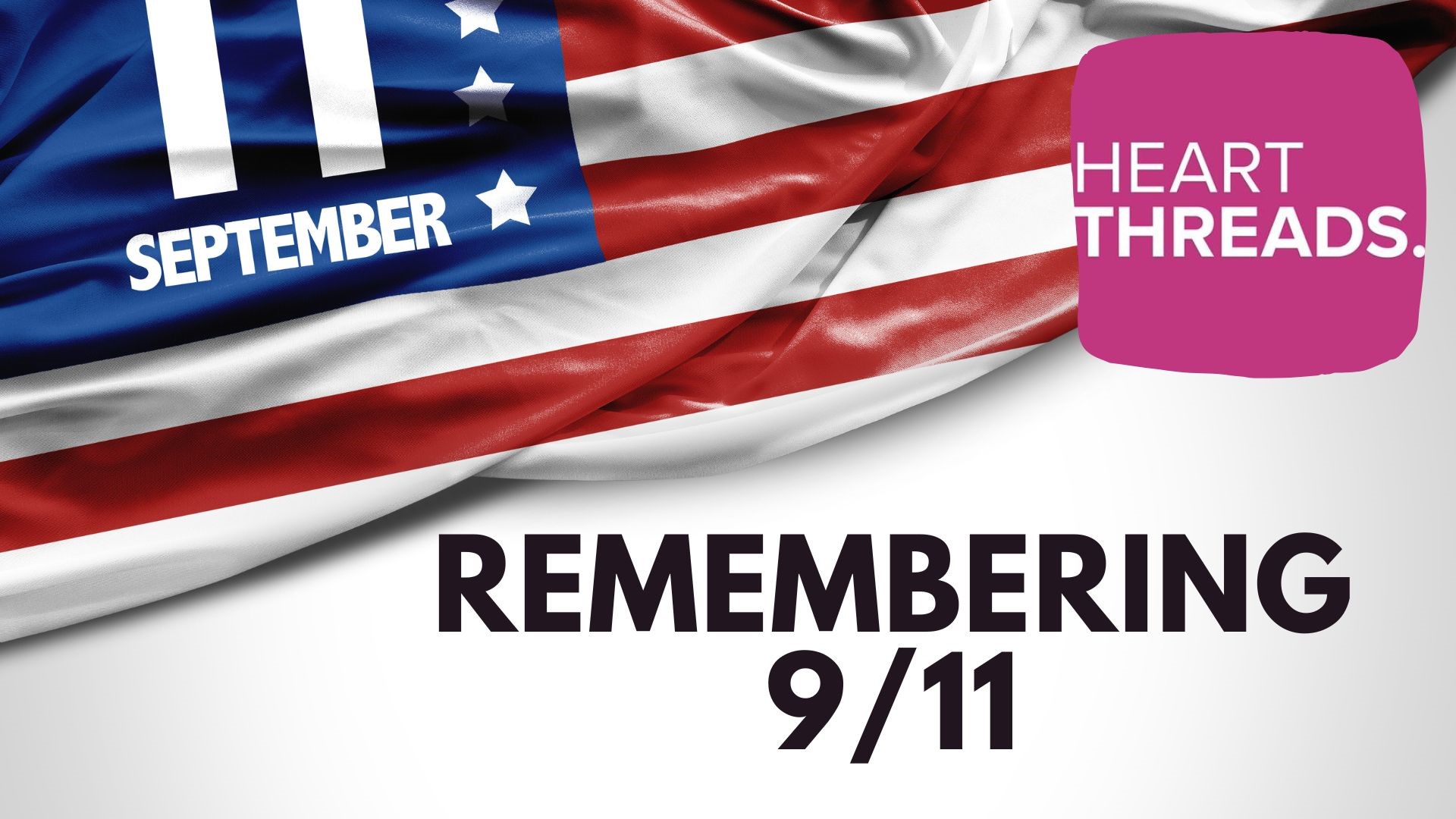NEW YORK — Lolita Jackson was at her 72nd-floor desk in the World Trade Center, feeling like she worked at the top of the world. Then came the boom, and smoke started curling in from an elevator shaft.
Unsure what was happening, she joined thousands of other office workers on a harrowing trek down dark, smoky stairs, emerging into the scene of a terror attack.
It wasn't Sept. 11, 2001. This was Feb. 26, 1993, when a deadly bombing killed six people, one of them pregnant, and injured more than 1,000 — becoming a harbinger of terror at the twin towers.
Jackson hopes that Sunday's 30th anniversary serves as a reminder that even though decades have passed since the seismic acts of terrorism in the United States' most populous city, no one, anywhere, can say the threat of mass violence is over.
She knows that more personally than most: On 9/11, she had to flee the trade center’s south tower again.
“I’m a living testament that it can happen to you, and it can happen to you twice.”
Victims' relatives, survivors, dignitaries and others are set to gather at the trade center Sunday for a ceremony that will include the reading of the names of the six people killed in the 1993 bombing, one of whom was pregnant. Anniversary observances also include a Mass Sunday at a church near the trade center and a panel discussion Monday at the 9/11 Memorial Museum.
The noontime explosion, set off in a rented van parked in an underground garage, served notice that Islamic extremists yearned to destroy the trade center's twin towers. But the public memory of the attack was largely subsumed after 9/11. Even the fountain that memorialized the bombing was crushed on Sept. 11.


But for some survivors and victims' relatives, the '93 attack still echoes as a warning that was unheeded, a loss that feels overlooked and a lesson that still needs learning.
“The '93 World Trade Center bombing was the powder keg for the 9/11 attacks,” said Andrew Colabella, a cousin of bombing victim John DiGiovanni. Colabella feels the earlier attack is largely remembered as “a blip,” rather than a siren, in the history of international terror.
“These two historical events that have taken place should be instilled in our hearts and minds, to think united and to be united,” Colabella said. Now a town council member in Westport, Connecticut, he regularly attends ground zero anniversary ceremonies for both the bombing and 9/11, to honor the cousin he lost as a small child but can still picture.
DiGiovanni was at the trade center as a visiting salesperson. His fellow victims all worked in the complex. They were Robert Kirkpatrick, Stephen A. Knapp, William Macko, Wilfredo Mercado and Monica Rodriguez Smith, who was due to start maternity leave the next day.
All six victims' names are now inscribed on one of the Sept. 11 memorial pools, and the 9/11 museum has their photos and a room devoted to discussing the ’93 explosion.
“Every part of our effort has considered the ’93 bombing as a part of the story that we are telling,” Museum Director Clifford Chanin said.
The explosive was planted by Muslim extremists who sought to punish the U.S. for its Middle East policies, particularly Washington's support for Israel, according to federal prosecutors.
Six people were convicted and imprisoned, including accused ringleader Ramzi Yousef. A seventh suspect in the bombing remains on the FBI’s most wanted list.
Yousef hoped the bomb would fell the twin towers by making one collapse into the other, according to the FBI. The idea of razing the skyscrapers endured: A message found on another convicted conspirator’s laptop warned that “next time it will be very precise, and the World Trade Center will continue to be one of our targets.”
Yousef's uncle, Khalid Sheikh Mohammed, would later become the self-proclaimed mastermind of 9/11, when hijacked planes were used as missiles to strike the buildings.
Although the towers endured the '93 bombing, it knocked out power, backup generators and the public address system. Tens of thousands of people picked their way down the stairs; others were rescued from stalled elevators and the wrecked garage. Some workers kicked out windows for air, a group of 120 kindergarteners were stranded for a time on an observation deck and police helicopters flew to rooftops to pick up two dozen people.
The governmental agency that runs the trade center apologized to the victims’ relatives on the 25th anniversary, saying the complex and the country weren’t prepared for the attack.
After the bombing, the trade center forbade underground parking and installed security cameras and vehicle barriers. Stairwells got battery-powered lights and reflective tape. Office tenants stepped up fire drills and the complex issued worker ID cards for entry.
On Sept. 11, 2001, Jackson was again in her office, by then on the 70th floor. When flames started shooting out of the tower next door, her company ordered an immediate evacuation.
Now she wonders whether what she experienced — twice — seems “like folklore” to people born after both attacks. She warns against complacency.
“You’re just at work getting a cup of coffee,” she said, “and you might have to run for your life.”

